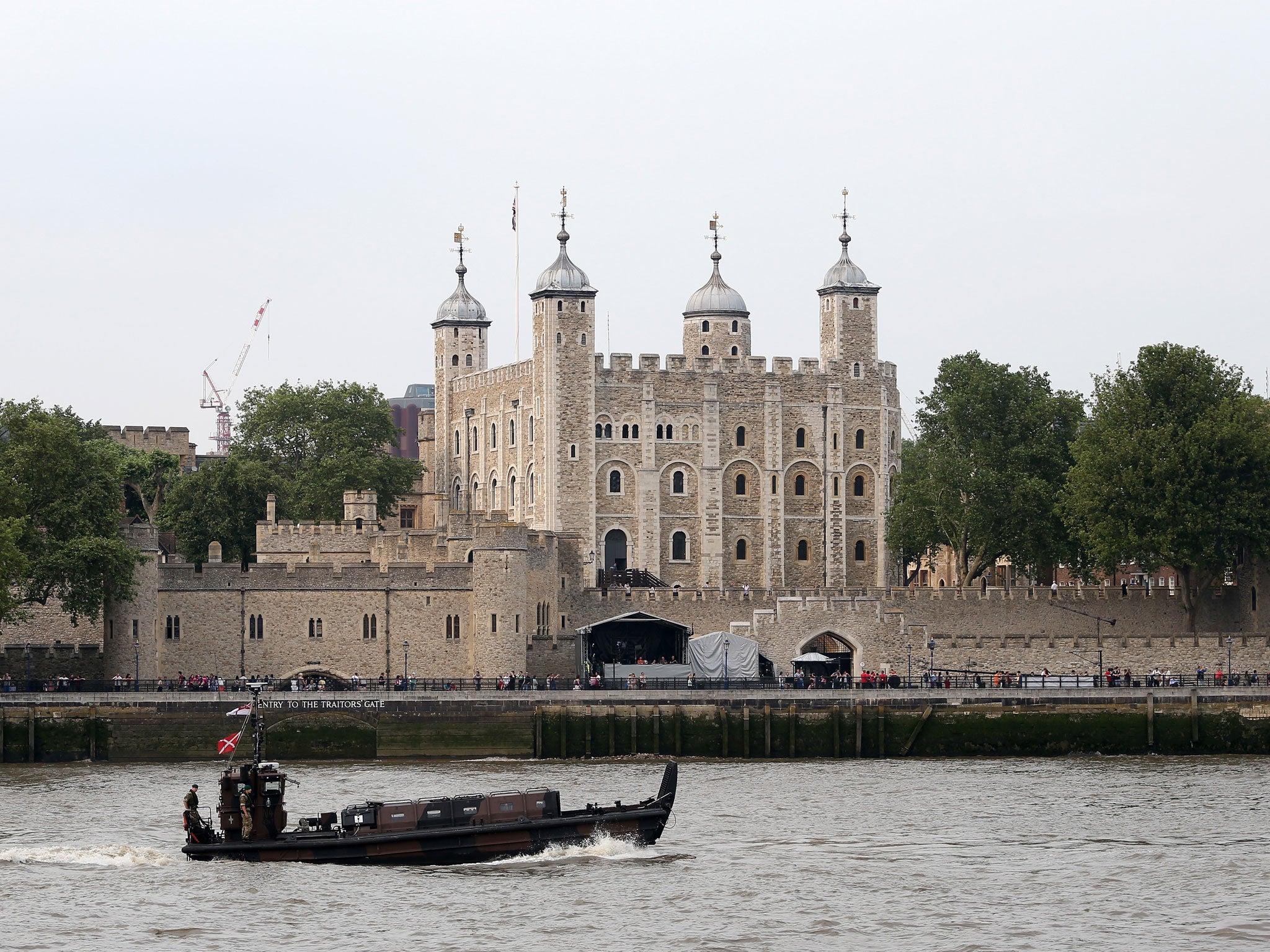Low-life tourism: London sights it would be a crime to miss

If you’ve been to any of the bigger tourist attractions in the capital of late, you’ll know that the ticket prices at the Tower of London are criminal and the queues at the London Eye are enough to drive anyone to murder. But there’s plenty on offer for tourists who want to something a little bit different… and a good bit darker. My book, Criminal London, a Sightseer’s Guide to a Capital of Crime, gives the low-down on the capital’s low-life.
Take the Viaduct Tavern, a pub that sits at the top of the Old Bailey inside the City’s Square Mile. Respectable now, the Viaduct was once a dodgy drinking hole (a prostitute was murdered in the ladies’ loos) and before that it was the Giltspur Prison. Genuine prison cells, dating back to 1791, remain in its cellars to this day. Ask and a barperson will take you down for a peep. To save space, the cells were arranged in bunk-bed formation. Top row was preferable, to escape flooding and rats.
Two minutes’ walk to the east is Amen Court, the site of the Newgate Prison from 1188 to 1902, and one of London’s best-kept architectural secrets. Concealed at the end of Amen Court (once called Deadman’s Walk) is a huge section of Newgate Prison’s mighty rear wall, complete with buttresses.
Behind this wall is the Old Bailey, where you can sit in the public gallery free of charge. As a journalist, I’ve stared a few murderers in the eye from here.
In sight of the Old Bailey, opposite the Viaduct Tavern, is the church of St Sepulchre-Without-Newgate. Inside, in a glass display, is the 17th-century execution bell. Every midnight on the eve of an execution, it was carried via a tunnel to Newgate, to the cell of the condemned where 12 double tolls would be rung – which was rubbing it in a bit, really.
A minute’s walk from Postman’s Park is the fascinating and free police museum inside the City of London Police’s HQ in Wood Street, which contains numerous criminal knick-knacks relating to Jack the Ripper, the Siege of Sidney Street and other famous crimes. (Little-known fact: the City of London Police are the reigning Olympic tug-of-war champions. They won the gold in 1920, the last year the event was held.)
So why do we want to explore the world inhabited by organised criminals and murderers? Because they have dared to cross a line most of us never will (or would ever want to), committing extraordinarily daring acts. We want to know what kind of human can rob a bank, import a huge amount of drugs or kill in cold blood. We are particularly horrified and fascinated by murder because it raises fundamental questions about human existence and behaviour. What was going through the murderer’s mind? What had driven him/her to kill? Can murder ever be justified? Could this crime have been prevented?
Of course, London’s not alone in having a bloody past – and a booming tourist trade. Today, criminal tours operate all over the world: New York has the Soprano Tour; Sicily the Mafia Tour; LA the Black Dahlia and Charles Manson tours; Las Vegas has the Mob Museums; Melbourne has it’s own Real Crime Tour and Sydney has the King’s Cross Crime Tour. Then there’s the Crime and Punishment Tour of St Petersburg. But I still think you can’t beat London – in my book, it really is the capital of crime.
Join our commenting forum
Join thought-provoking conversations, follow other Independent readers and see their replies
Comments
Bookmark popover
Removed from bookmarks